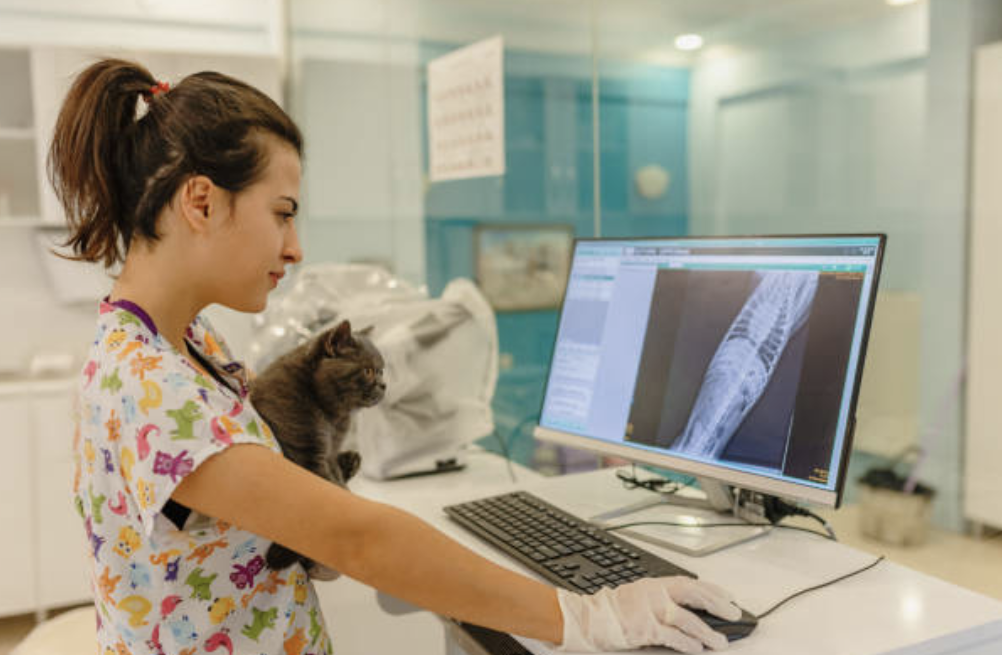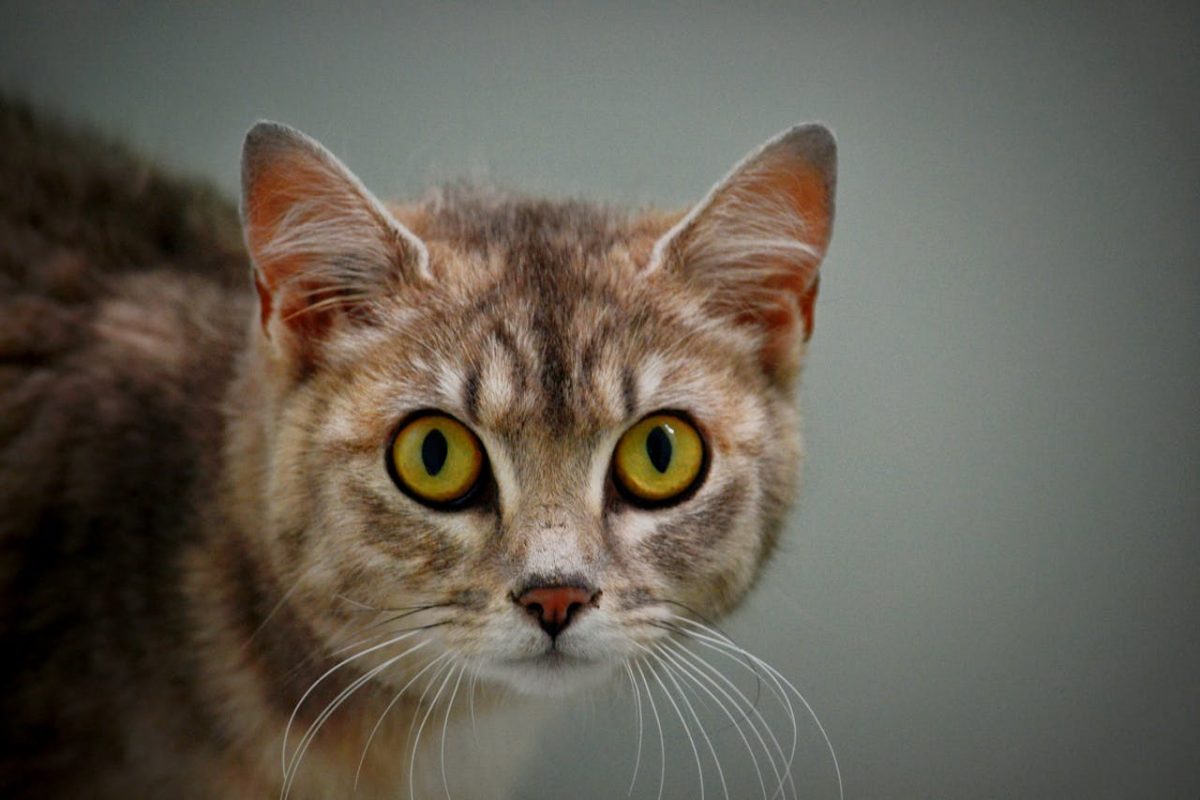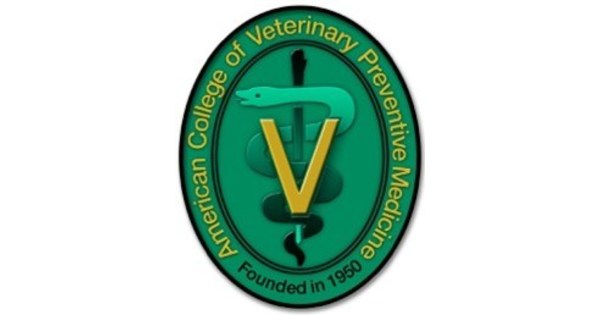The veterinary field is on the brink of a significant transformation, thanks to the integration of artificial intelligence (AI). As we approached the end of 2023, AI’s influence has seeped into various sectors, sparking a mix of excitement and apprehension among professionals. In veterinary radiology, this technological advancement prompts a pivotal question: Should AI be viewed as a threat to traditional practices, or as a beneficial tool that enhances them?
Dr. Tobias Schwarz from the University of Edinburgh’s Royal (Dick) School of Veterinary Studies provides a compelling argument in favor of the latter. His research indicates that AI in veterinary radiology isn’t meant to usurp the role of radiologists but to support and enhance their capabilities. This aligns with the experiences of many in the field, including Dr. Daniel Levenson, who owns two small animal hospitals in Albuquerque, New Mexico. He notes that AI technology has shown great promise in improving the efficiency and quality of veterinary care.
Veterinary radiologists are often swamped with demanding schedules and the pressure to deliver precise and rapid diagnoses, which can be life-saving. AI can be a game-changer for these professionals, offering a helping hand in clinics that are understaffed or lack specialized expertise. According to Dr. Levenson, the technology can expedite diagnostic processes and provide valuable second opinions, potentially improving patient outcomes.
The integration of AI in veterinary radiology is not just about keeping up with technology but about leveraging it to provide the best possible care. Advanced AI tools offer an objective, continuously learning resource that can assist veterinary teams in making informed decisions quickly and accurately.
Dr. Schwarz’s team conducted a study comparing the diagnostic interpretations of AI software with those of seasoned veterinary radiologists. The research involved 50 cases of canine and feline X-rays, assessing the AI’s performance in terms of sensitivity, specificity, and overall accuracy. The results were promising, with AI matching or even surpassing the performance of some radiologists in certain scenarios.
Interestingly, the AI was programmed with a bias towards identifying abnormalities, particularly in ambiguous cases. This design choice underscores the technology’s role as a diagnostic aid, not a replacement. It encourages a more thorough examination of complex cases, enhancing the diagnostic process rather than undermining the expertise of human radiologists.
However, it’s crucial to recognize the limitations of the study. The research focused on individual cases without a comprehensive analysis of the animals’ medical histories, which are vital for accurate radiological interpretation. Future studies are needed to explore how AI can integrate these broader data points to provide even more reliable diagnostics.
The current state of AI in veterinary radiology is promising but not without its challenges. As the technology continues to evolve, it has the potential to revolutionize the field, offering enhanced diagnostic capabilities and improving health outcomes for pets. Embracing AI now could set a new standard for veterinary care, encouraging continuous improvement and innovation.
Dr. Avi Avner, a specialist in veterinary diagnostic imaging with over 15 years of experience, sees AI as a transformative tool for the field. His work as a consultant for various medical innovation projects highlights the broader implications of integrating advanced technologies in veterinary practice. According to Dr. Avner, adopting AI in its early stages can redefine veterinary radiology and pave the way for future advancements.
As AI technology progresses, its ability to learn from global veterinary practices and refine its algorithms will only enhance its utility. Veterinarians who adopt this technology early on are not only improving care for their patients but are also contributing to a global improvement in veterinary diagnostics. The journey of AI in veterinary radiology is just beginning, and its full potential is yet to be realized.



